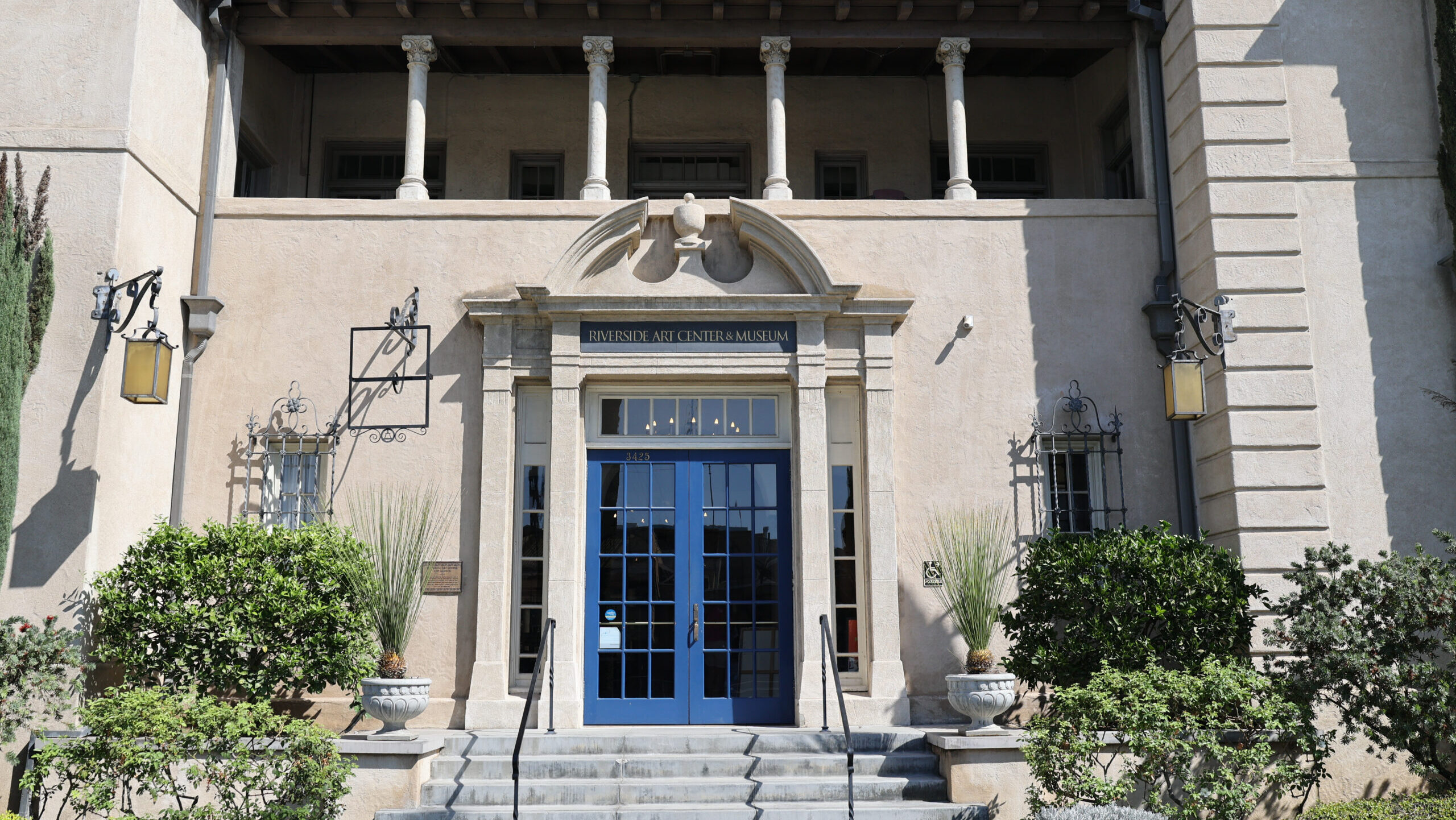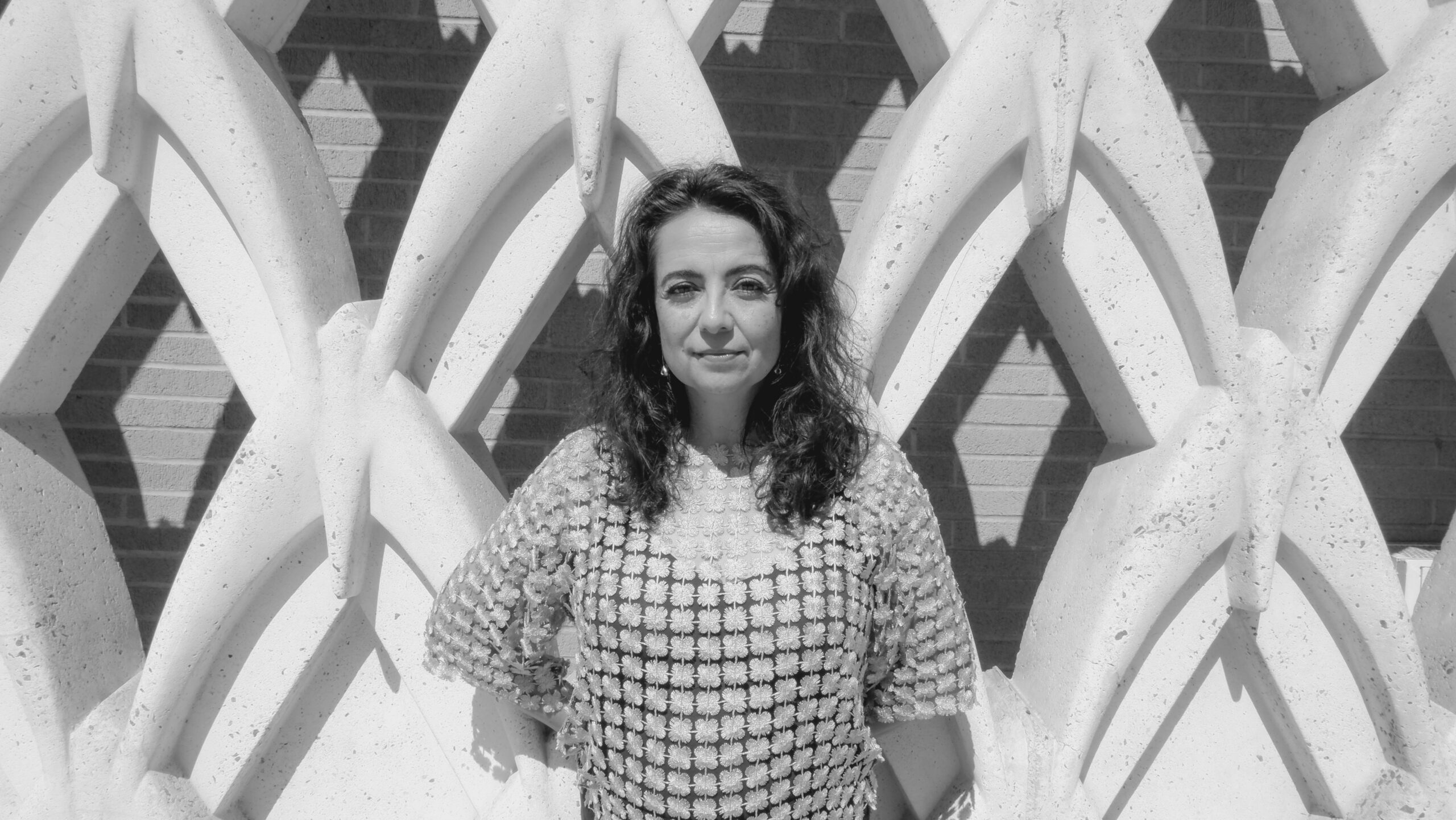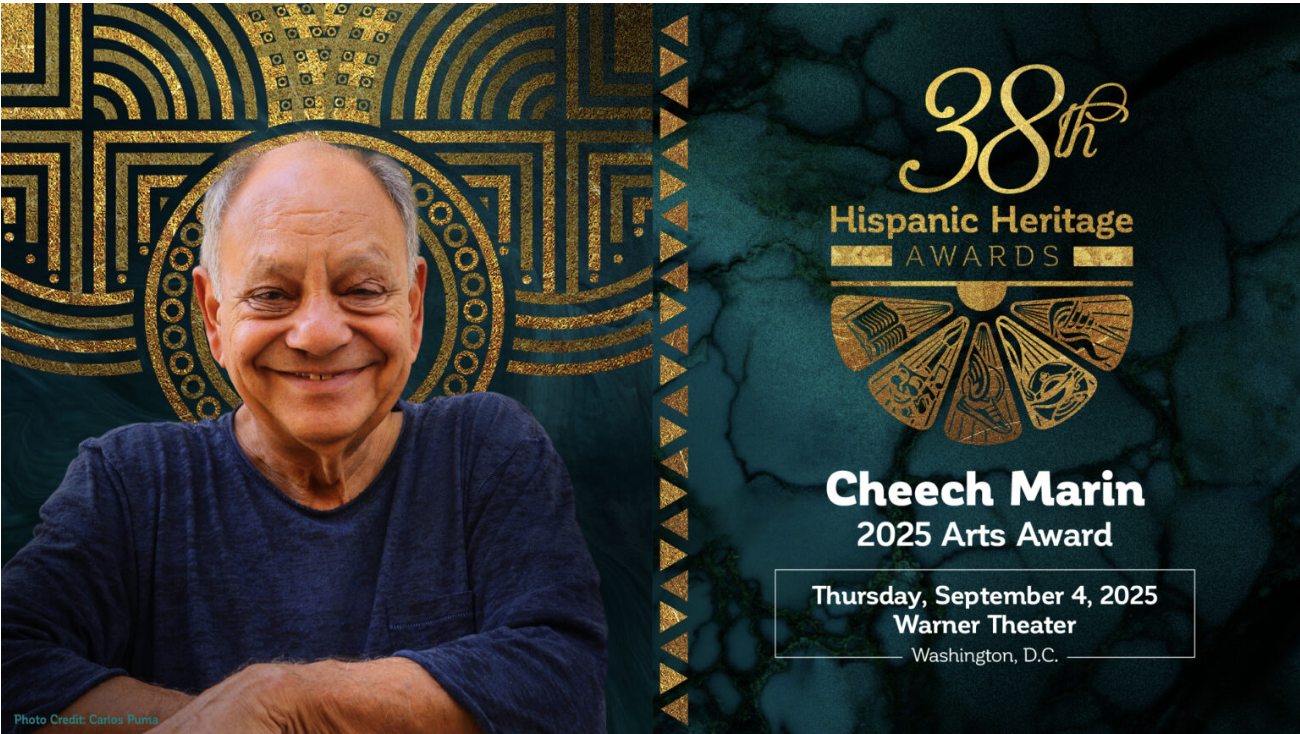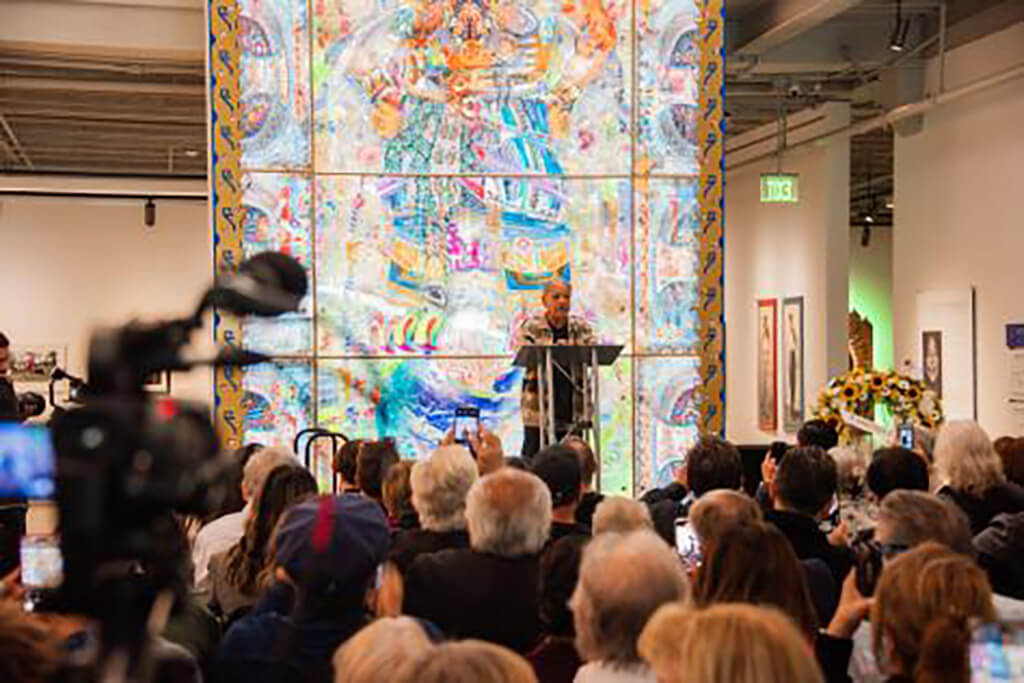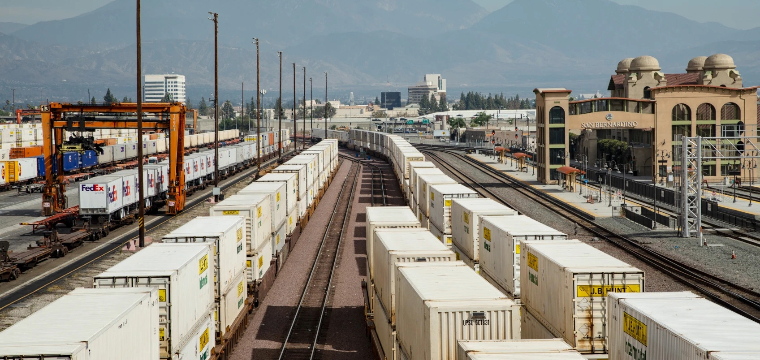
The San Bernardino and Riverside counties boast the densest concentration of warehouses globally, largely due to the demand for rapid delivery services. However, this has led to severe pollution levels in the region, adversely affecting the predominantly Latino communities residing nearby and contributing significantly to global warming. This development can be traced back to the region’s commercial history, including the displacement of Indigenous communities for the citrus industry and the military’s role in establishing infrastructure for the logistics sector’s growth. Throughout this history, there have been persistent instances of promises of well-paying jobs at the cost of public health and the environment. Despite this, local community members have consistently rallied to advocate for a more sustainable and equitable approach.
That’s the story that a two-week pop-up art exhibit at the Riverside Art Museum, and online, aims to highlight.
“There isn’t an inevitability of where we got to today — decisions were made at each step along the way,” said Cathy Gudis, professor of history at UC Riverside and a co-curator of the project with her students and two environmental justice groups in L.A. and San Bernardino: East Yard Communities for Environmental Justice and the People’s Collective for Environmental Justice.
Read the entire article at the LAist by Erin Stone
A dialogue with environmental justice organizers from the Inland Empire. Spanish/English translation available. Includes same-day museum admission at Riverside Art Museum.
RSVP: ramcheech.ticketapp.org/portal/product/130
Thursday, Nov. 2: 6 p.m. at Riverside Art Museum (Julia Morgan Building) Environmental Justice in the IE: Community-based Practices in Art and Activism
